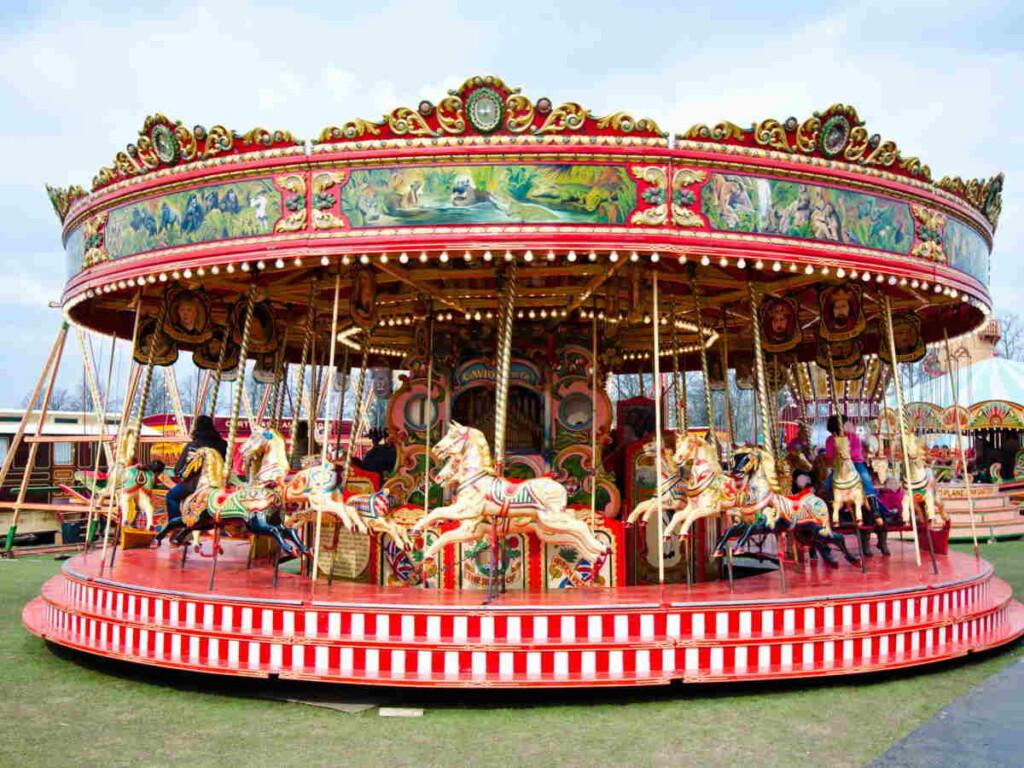Consider how this works in practice. An up-and-down bet involves two parts and two selections, as follows:
PART 1
- you place a single bet on selection 1
- if the bet on selection 1 wins, a single bet is placed on selection 2.
PART 2
- you bet on selection 2
- if the bet on selection 2 wins, the stake is bet again on selection 1.
Because of how an up-and-down bet works, this type of bet is also sometimes called a “cross bet”, “twist” or “vice versa”.
Pros and cons of up-and-down bets
Up-and-down betting has a huge advantage – it doubles the money you can win from two stakes.
As always though, the potential for greater returns goes together with greater risk. In the case of an up-and-down bet, you may win a single bet on one selection but still lose your whole stake.
Example of an up-and-down bet
Suppose you have £4 to spare and want to bet on the horse you favour in each of two races. To keep things simple, let’s say the odds for both horses are 4/1.
If you use your £4 to place a separate £2 bet on each race, you stand to win a total of £16 (£8 from each race).
However, if you use your £4 to place an up-and-down bet, you stand to win a total of £32 (£16 from the first part of the bet and £16 from the second part of the bet).
Types of up-and-down bets
There are two types of up-and-down bets – single stakes about (SSA) and double stakes about (DSA).
Single stakes about (SSA)
SSA bets are the most common and work as described above. In both parts of the bet, the same stake that’s placed on the first selection is placed on the second selection, provided the first selection generates enough cash to fund the stake.
When you place an SSA bet, remember that if you specify a stake of £2, it means you’re actually staking a total of £4. £2 will be placed on the first part of the bet and £2 will be placed on the second part of the bet.
Double stakes about (DDA)
A DDA bet is a special variation on an up and down bet in which double the original stake is placed on a second selection if the first selection wins. However, note that part 1 of each bet won’t generate a big enough return for this to occur if it’s placed at odds of evens or lower. When this happens, whatever cash is left is used for part 2 of the bet.
Try up and down betting at William Hill now

















